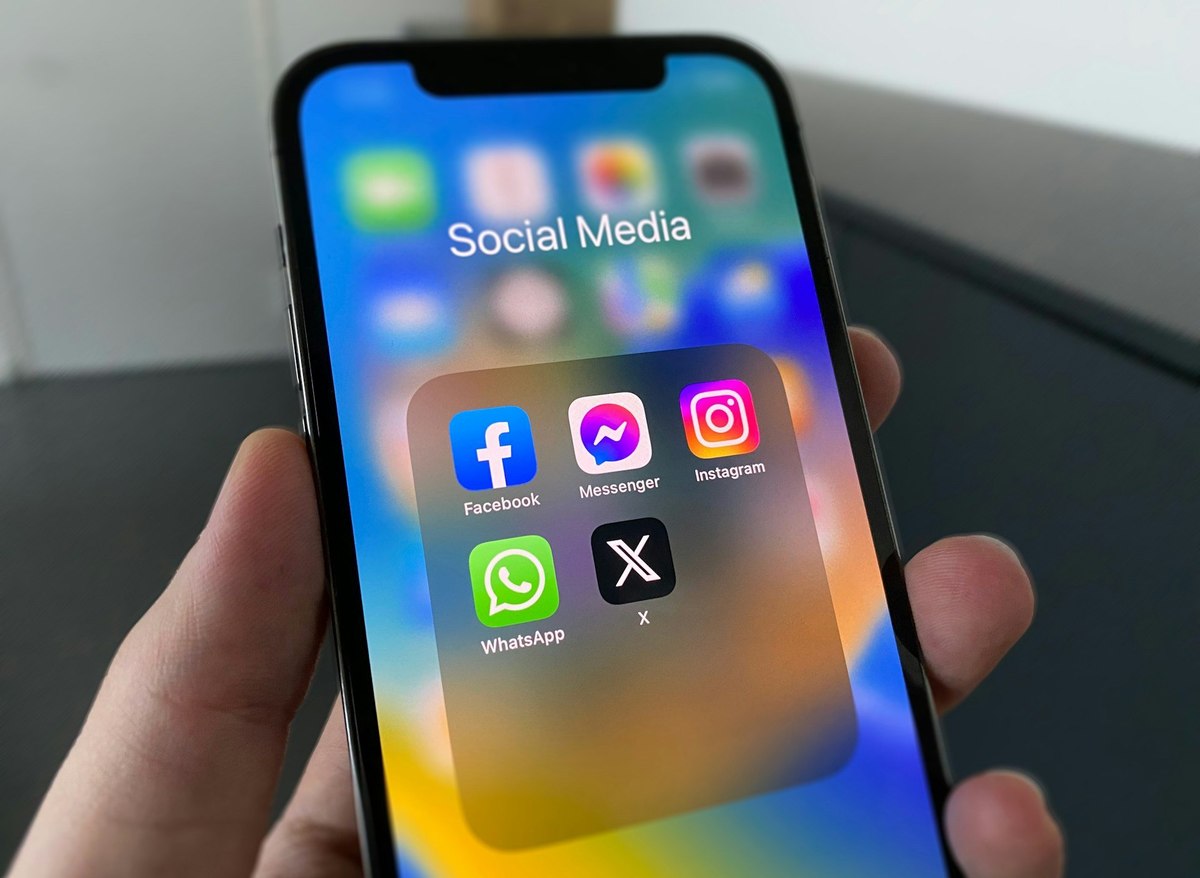This year has seen quite a few brands in Singapore doubling down on social media initiatives: McDonald’s Singapore joined TikTok, Samsung SG launched a TikTok Shop, and the Singapore Tourism Board released “The Journey”, the first gamified TikTok miniseries. These brand moves are no surprise as social media ad spend in Singapore has surged to $510 million, up 15.9% year-on-year.
But increasing spend doesn’t guarantee impact. YouGov data shows that “social media users” are not one homogeneous group. Reaching them effectively requires understanding the users better.
We have used YouGov Profiles to look at two distinct social audiences – heavier social media users and lighter social media users. It is clear that they have different behaviours, expectations and paths to purchase.
Looking at time people in Singapore spend on social media helps us define two clear groups:
- Heavier social media users (HSU) — Singaporeans who spend over 2 hours per day on social media – 26% of the general population.
- Lighter social media users (LSU) — Singaporeans who spend under 2 hours per day – 74% of the general population.
- While HSU represent the minority, their affinity to the channel is only intensifying. Almost six in ten (59%) of them say they spend more time on social media now than they did a year ago. Among LSU this figure is 45%.
HSU and LSU: Who they are
Our data shows that each group is made up differently.
- Age: HSU skew young, with 43% aged 18–29, nearly twice as many as LSU (22%). The difference narrows in the 30–44 bracket (31% HSU vs. 37% LSU) but among those aged 45+, LSU dominate (41% vs. 27% HSU).
- Gender: Nearly six in ten (59%) of HSU are women compared to 41% that are men. By comparison, the gender split among LSU is narrower (52% women, 48% men).
- Shopping habits: Understandably, HSU are more digitally oriented, with 39% shopping mostly online compared with 32% of LSU. In contrast, lighter users are more anchored in physical retail, with 21% shopping mostly in-person versus 15% of heavier users.
Response to advertising and brand experiences
For brands investing in social, understanding how audiences feel about advertising matters. Despite being highly active digitally, HSU are more resistant to ads and demand more meaningful engagement. This could influence how effective digital or social advertising is and is a good example of how “social media users” are not one homogeneous mass.
Across multiple measures, HSU show higher ad fatigue, stronger avoidance behaviours and greater expectations for real-world and meaningful brand experiences.
- Ad fatigue: HSU are more likely to feel bombarded by advertising (56% vs. 51% LSU) and to find ads annoying (54% vs. 51% LSU).
- Ad avoidance: HSU are quicker to skip ads online, with 37% doing so as soon as possible compared with 30% of LSU.
- Demand for real-life connection: 82% of HSU say brands must connect with customers in real life to succeed, LSU following at 77%.
- Expectation of innovation: HSU expect brands to find innovative ways to market themselves and their products (77% vs. 73% LSU).
- Preference for meaningful engagement: Nearly half of HSU (48%) prefer meaningful brand relationships, compared with 42% of LSU.
How HSU and LSU find and evaluate products
The two audiences take notably different paths when discovering and researching new products. Heavier social users rely far more on social-driven triggers, while lighter social users lean on marketplaces and more traditional, curated information sources.
Discovery behaviours
For HSU, discovery is powered more by people and platforms. They are noticeably more likely (55%) to discover products through recommendations from friends, family and colleagues than LSU (44%), and they over-index on social-led cues such as advertisements on social platforms (46% vs. 36% LSU), influencers or bloggers (44% vs. 31%), and product reviews on websites, blogs or social media (45% vs. 39%).
LSU, meanwhile, take a more task-oriented route: their top source of discovery is online marketplaces (47%), with lower reliance on social-driven channels across the board.
Research behaviours
To research a brand, product or service they’re interested in, HSU cast a much wider digital net than LSU. They are more likely to research using social media (80% vs 66%), search engines (59% vs 52%), brand websites (59% vs 52%), online reviews on retailer’s websites (42% vs 35%) and AI chat services (19% vs. 13%).
In comparison, more of LSU look to editorial sources, such as newspaper articles or blogs (24% vs 19% of HSU) when evaluating a brand.
What this means for brands in Singapore
Our data shows that “social media users” aren’t an indivisible unit. With brands’ engagement with social platforms – especially TikTok – changing, and the commercial opportunities it presents developing, brands with a broad social strategy trying to be all things to all people may risk missing both heavier and lighter users in the process.
Methodology:
YouGov Profiles is based on continuously collected data through rolling surveys, rather than a single limited questionnaire. Figures are drawn from responses collected between November 2024 and November 2025, using a 52-week dataset updated weekly. Data for Singapore is nationally representative and includes race in weighting.
